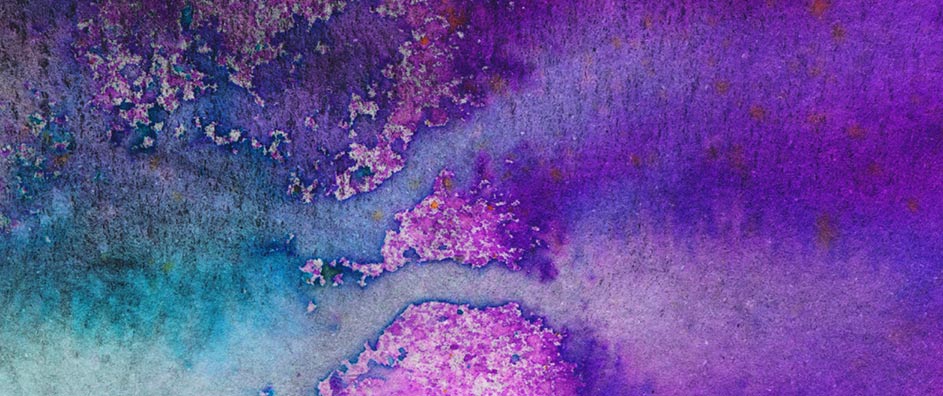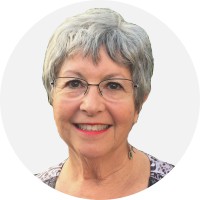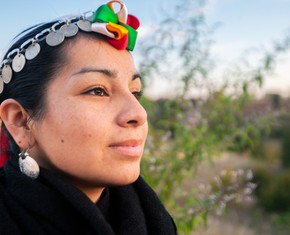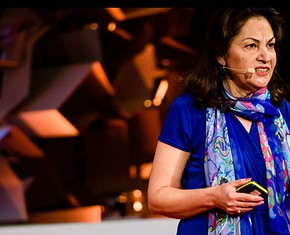The views expressed in our content reflect individual perspectives and do not represent the authoritative views of the Baha'i Faith.
After studying the voluminous references to the arts in the Baha’i writings, I actively sought a creative outlet to help me move the boulders from off my shoulders (see Art, Faith and Spirituality, part I).
My feeble attempts at the typical “womanly” ones—handicrafts like sewing, knitting and crocheting—quickly made it apparent that my fumble-fingers lacked the necessary dexterity. Drawing was definitely not my forté, although I took a drawing class in order to rid myself of that dirty four-letter word “can’t.” Dancing was out; even though I had grace and a good sense of rhythm, my knock knees and tree trunk ankles were a stumbling block. Singing wasn’t an option; I can’t hold a tune; my voice is not one that would move others, except maybe to leave the room. But I avoided being discouraged by realizing that each boulder I dropped lightened my load.
My faith came from the Baha’i explanation that the teaching “we are all made in the image of God” is not meant in a physical sense. Instead, it means that latent within us we can find all the names and attributes of God, like kindness, mercy, generosity, trustworthiness, etc. Our spiritual growth depends on the extent to which we develop those attributes. Whenever I start to list them, invariably the first I come up with is God, the Creator. It stands to reason then that we are all, inherently, creative beings in some way. I became more determined to discover the creative being lurking in the shadows of my soul.
I beseeched God for direction and soon recognized that my talents lie in words, so I started to pursue theater and the literary arts. Inspiration poured forth in abundance. I had found my niche.
I got so excited about what took place in my life that I wanted to share it. That was the genesis of workshops on The Arts: a Key to Spiritual Transformation; Art and Spirituality and Discovering the Artist Within. I offered the latter workshop with my friend, Ladjamaya, to assist others to trust in the validity of their efforts, and to know this is neither a frivolous nor an unimportant pastime. I also present one called The Art of an Eloquent Tongue, which fine tunes speaking skills and helps eliminate the fear of reading aloud and/or speaking before an audience.
These three areas, acting, writing, and workshops, as well as public speaking, have become the passions of my life.
In all my efforts, I include quotations from the Baha’i writings:
By the power of the Holy Spirit, working through his soul, man is able to perceive the Divine reality of things. All great works of art and science are witnesses to this power of the Spirit. – Abdu’l-Baha, Paris Talks, p. 85.
These words remind me that I am not alone—that my inspiration comes from a higher Source. I just need to remember to humble myself and tap into it. So, on those occasions when I am able to detach myself from my ego and seek inspiration from the prophets and the blessed souls who’ve gone forth to the life after this life, I become removed from intellectualizing and analyzing and can allow the inspiration to flow.
In prayer, reflection and meditation, I can find my inspiration:
The spirit of man is itself informed and strengthened during meditation; through it affairs of which man knew nothing are unfolded before his view. Through it he receives Divine inspiration, through it he receives heavenly food.
Meditation is the key for opening the doors of mysteries. In that state man abstracts himself: in that state man withdraws himself from all outside objects; in that subjective mood he is immersed in the ocean of spiritual life and can unfold the secrets of things-in-themselves. To illustrate this, think of man as endowed with two kinds of sight; when the power of insight is being used the outward power of vision does not see.
This faculty of meditation frees man from the animal nature, discerns the reality of things, puts man in touch with God.
This faculty brings forth from the invisible plane the sciences and arts. – Ibid., p. 175.
















Comments
Sign in or create an account
Continue with Googleor